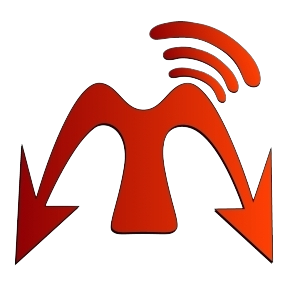Recently, I was part of an interesting round table discussion organised by afaqs and IBM around “Technology in Marketing“. While we did stick to the subject, in my mind, I was also wondering about the impact this (topic) was having on the idea of brand. It has been only 4 years since I had last held a brand job, (I left TOI in 2010) but I can safely say that the landscape has changed massively. A few thoughts –
Time: The cycles of brand building have been massively reduced. This is not a 2010 phenomenon, but to give you some perspective, in that year Flipkart was just venturing beyond books and hardly the well known brand it is now. Zomato was a ‘promising startup’ according to a list made by the Smart Techie magazine and had just expanded beyond a single city. The flip side is that some of the other startups in that list no longer exist. AlooTechie, which reported this, also does not exist. I had a Nokia E series phone then, and they are pretty much a non entity now. In short, that word – change, and it’s faster than ever! It is said that brands get built over time, but do business cycles allow that liberty now?
Geography: A cliche used frequently is “Geography is history”, but a little incident reminded me that it may not altogether be true. One of the regular conversations these days is around taxi rentals and Uber is a favourite among many of my friends. I casually asked them whether they knew of the heavy rap Uber was getting in the US for remarks allegedly made by a senior VP. (alternate perspective) They didn’t, and it isn’t as though they don’t consume news online. They missed it amidst all the ‘noise’. While a brand may be global, how much does its international stature impact regional preferences, even in this hyper connected era?
Perception Transience: One of my favourite definitions of brand had been “a brand is a promise” Another favourite topic of discussion in the recent past has been the ‘failure’ of Flipkart’s Big Billion Day. Funnily, not only do most people not remember (say) Snapdeal’s campaign around the same time, their usage of Flipkart is also unlikely to stop despite a bad experience. Perception, it would seem, is transient, and also dependent on the value being provided to a consumer at a point in time. What does that do to what the brand stands for?
Context: From a few media platforms and actual consumer experiences to a multitude of channels and consumers as publishers, there has been a sea change in a span of a few years! (Was there a social media job in 2010?) Iteration cycles in brand planning exercises are increasingly getting crunched and while technology and data are theoretically providing profound new ways to understand the consumer and personalise brand experiences, unfortunately for the marketer technology cycles on the consumer side and those on the tools/processes on the marketing side are two different things. That has meant that brand marketers have had difficulty in providing even consistency in experience across consumer contexts, let alone cohesion. (consistency vs cohesion) Additional contexts and platforms also lead to an extended ecosystem and partners beyond the standard media, advertising and digital agencies. We are arguably moving from that one big idea to finding incremental benefits from multiple touch points. How does a brand even begin to plan for all this?
Having said all that, I think the fundamentals remain the same. Technology allows marketers a load of contexts and information on a consumer and his/her preferences. Whether we simply use that as a better way to target our push messaging or do we use it to create a fulfilling experience for the consumer and form a relationship is what will define the brand marketer.

(via)

From the nuanced and sophisticated job of perception building, advertising has been reduced to a ‘content subsidizer’. And personalization and customization are still not doing much more than play tag with alleged keywords. In all, bleak:)
It can’t be all that bleak if you’re around commenting, I say! 😀
On that optimistic note, I’d say advertising is still trying to find its feet and role in the new landscape. The other two are bound to improve as we build better tools to harness and use data.